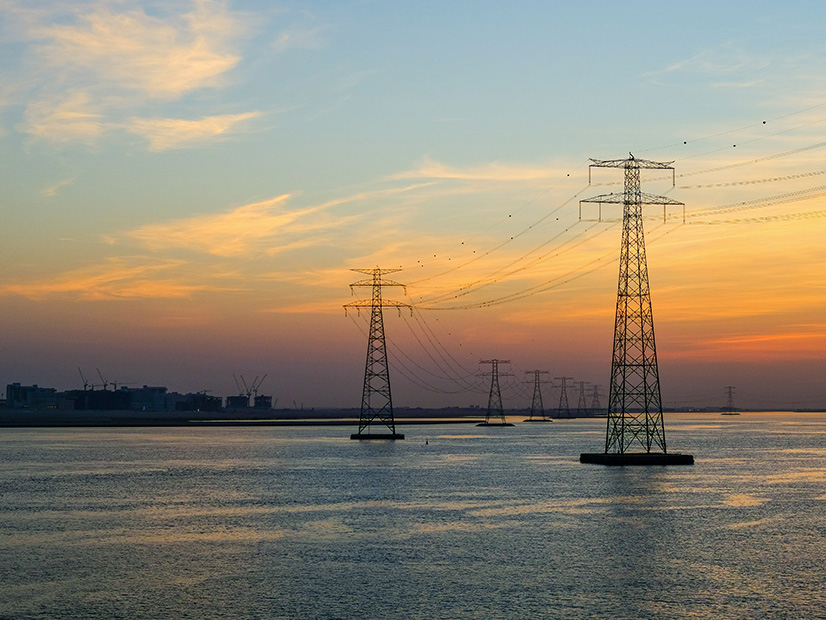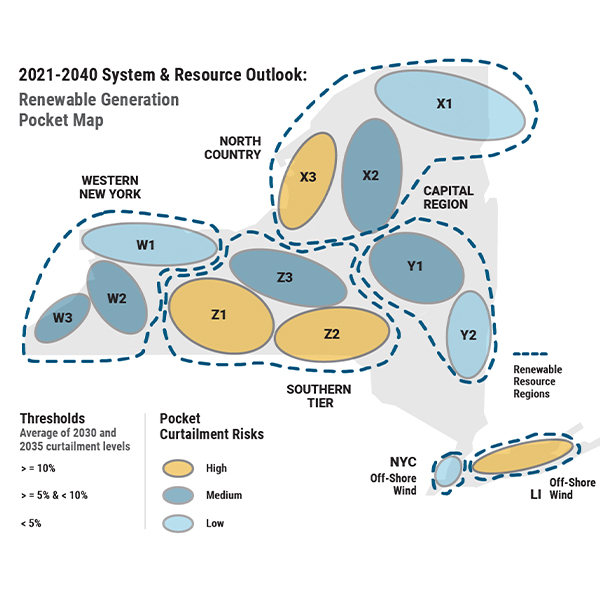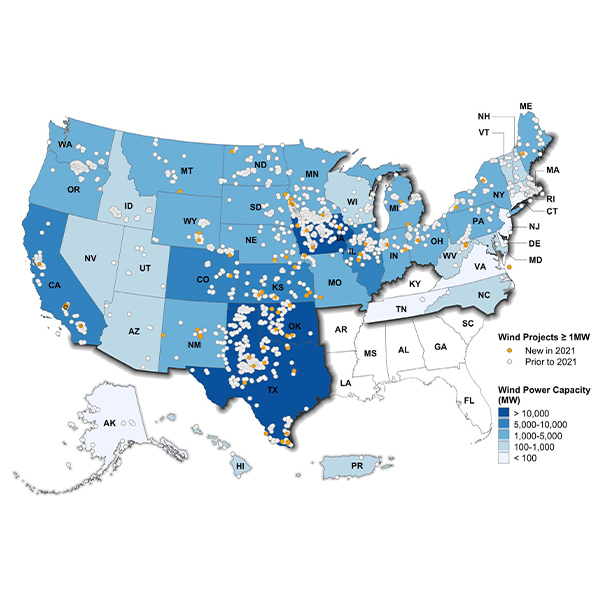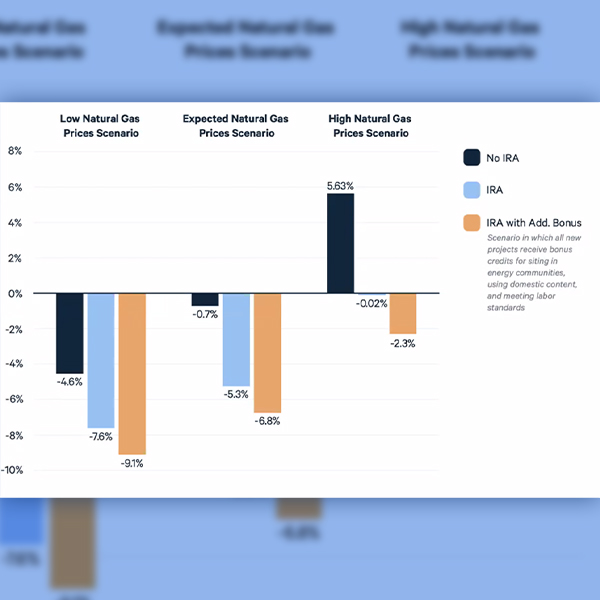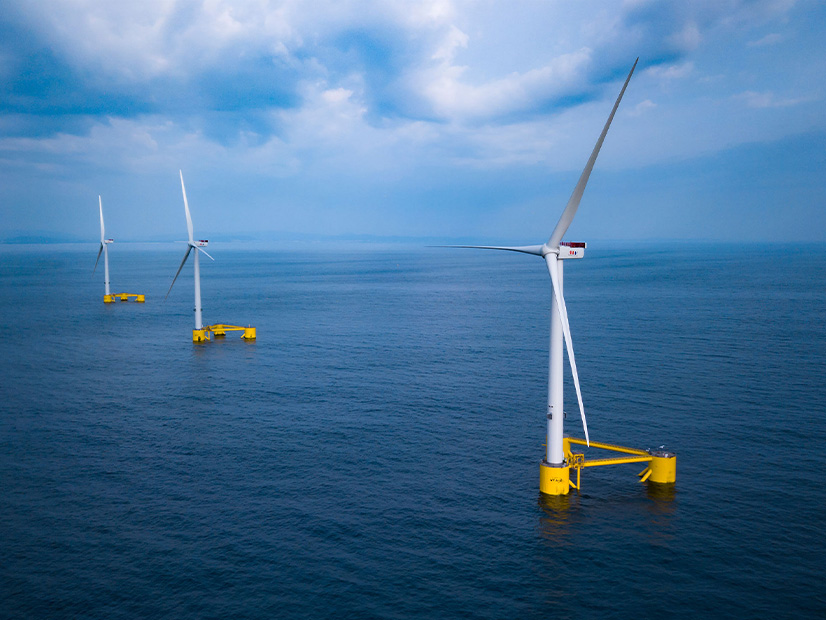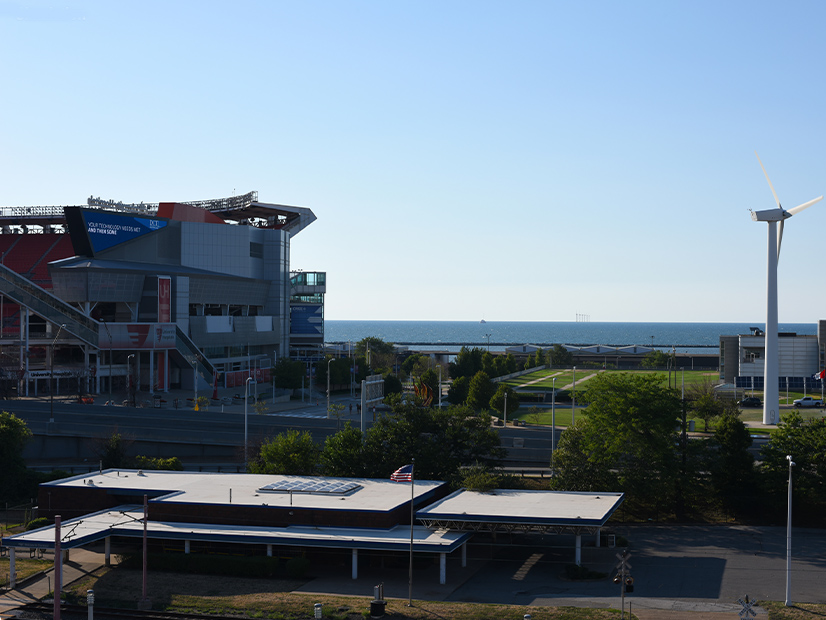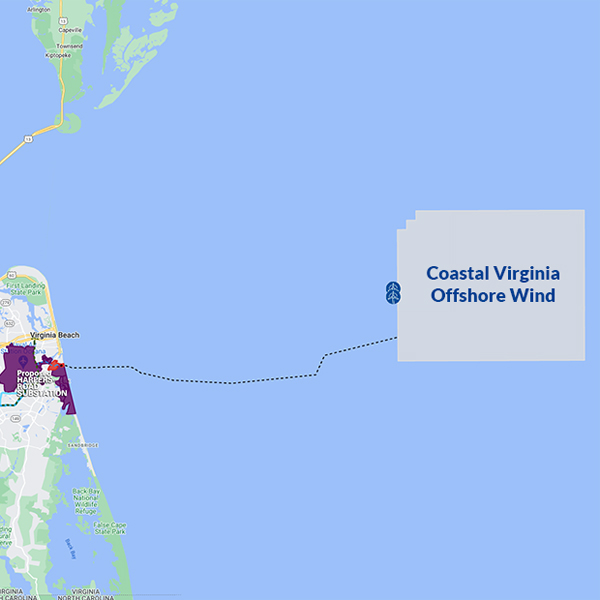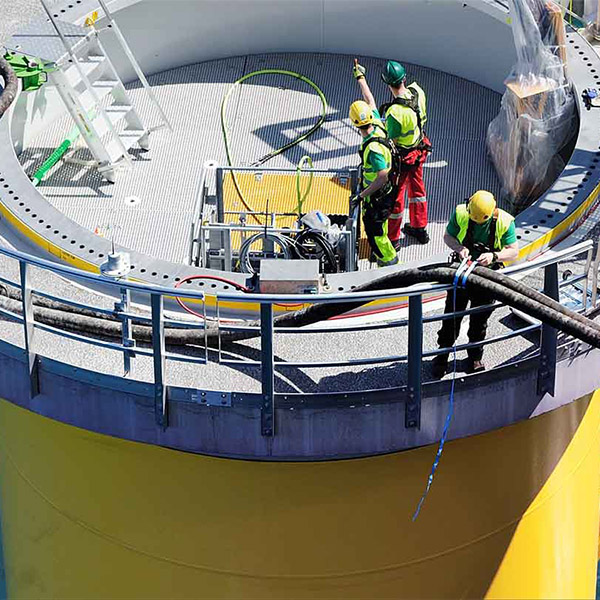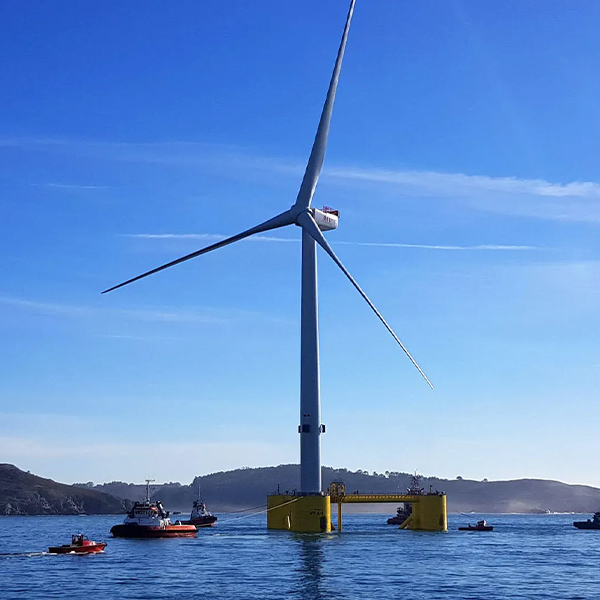Offshore Wind Power
A coalition of five New England states issued an RFI asking for comments about how to interconnect the gigawatts of offshore wind in development.
NYISO will have to add zero-emission generation and transmission at an unprecedented pace to meet New York's climate goals, according to a new study.
DOE released three wind energy market reports, which together provide a view of the push and pull of forces now shaping the growth of the industry in the U.S.
A panel of industry analysts presented their estimates of how much the Inflation Reduction Act would reduce emissions and its impact on household energy costs.
The mood was almost euphoric as the CEC adopted the nation’s most ambitious long-term offshore wind goals, targeting up to 5 GW by 2030 and 25 GW by 2045.
The Ohio Supreme Court affirmed the Power Siting Board's approval of Icebreaker Wind, a proposed freshwater offshore wind farm in Lake Erie.

Ramontxotx, CC BY-SA-3.0, via Wikimedia
After a few days of wavering, Massachusetts Gov. Charlie Baker signed a compromise climate and clean energy bill sent to his desk by the state legislature.
The Virginia SCC approved a $78.7 million rate hike for Dominion’s offshore wind project, though they warned that ratepayers face the risk of cost overruns.
Rhode Island, Maryland, Virginia and North Carolina will receive $36 million in federal and private-sector funding to support offshore wind training programs.
The California Energy Commission issued a draft report that could double the state's offshore wind targets for 2045 in response to stakeholder comments.
Want more? Advanced Search
